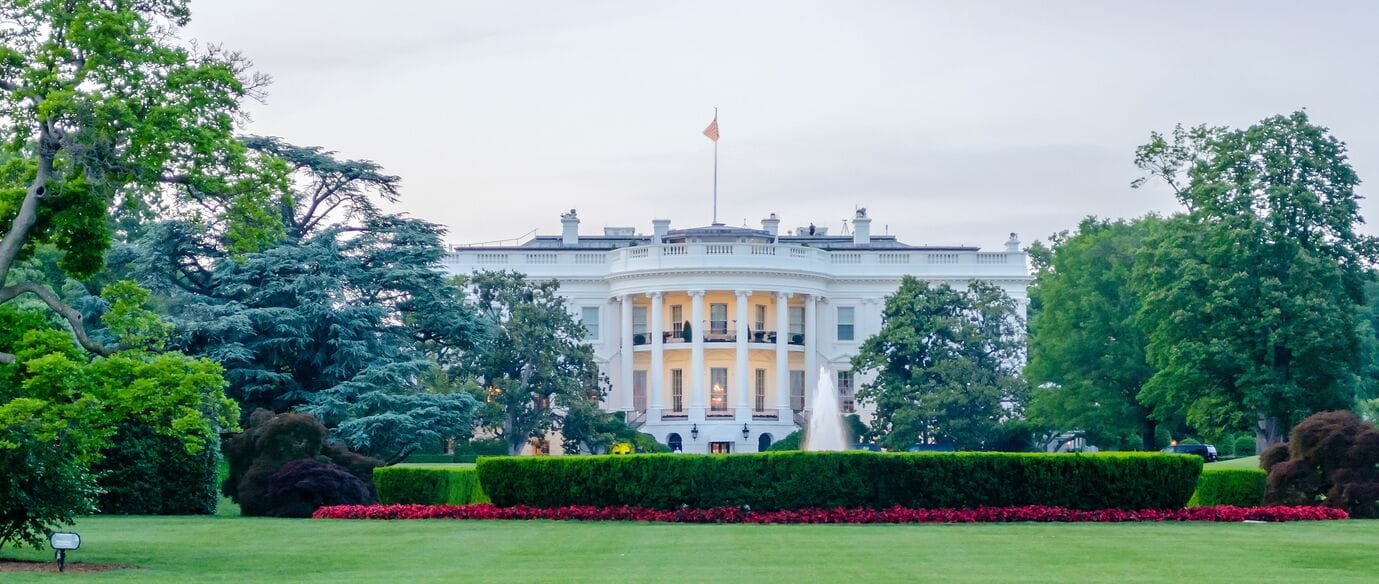
Reflecting on President Trump’s first 100 days in office
 Search
Search


 Search
Search

As the pending settlement in In re: College Athlete NIL Litigation, Case No. 4:20-CV-03919 (N.D. Cal) (the “House Settlement”) inches toward a final approval hearing before Judge Claudia Wilken on April 7th, a big question facing NCAA Division I institutions is what the enforcement picture might look like in a post-House world. On March 12, 2025, the NCAA and the five autonomy conferences1 announced an important piece to the puzzle: formation of a “Settlement Implementation Committee” (the “Committee”) to oversee the implementation, oversight, and enforcement of the House Settlement.
The announcement of the Committee, which is comprised of 10 athletics directors (two from each autonomy conference) as well as legal and compliance administrators from the autonomy conferences and the NCAA, confirmed reports that enforcement of the House Settlement’s revenue-sharing and NIL regulations will be carried out by a new enforcement entity separate and apart from the traditional NCAA infractions process.
While important details of the new enforcement entity are TBD, the combination of the Committee announcement with the previously-announced roles of LBi Software and Deloitte as cap-management and clearinghouse vendors, begins to bring the post-House enforcement picture into clearer focus. For Division I institutions, it will be critical to have a deep understanding of the new enforcement environment as they learn to navigate the new normal (assuming approval of the House settlement).
Per the terms of the terms of the Settlement and the March 12th Committee announcement, there are five key pillars of the proposed oversight and enforcement structure under House:
The Committee announcement confirms that enforcement of the Settlement’s revenue sharing and NIL regulations will fall upon the newly created enforcement entity and will not occur within the traditional NCAA infractions process (investigation and processing of alleged violations by the NCAA Enforcement Staff, adjudication by the Committee on Infractions, and appellate proceedings before the Infractions Appeals Committee). The composition of the Committee also suggests that the autonomy conferences, and not the NCAA, will play the leading role in the creation and administration of the enforcement entity. While it is widely expected that the NCAA enforcement staff will continue to investigate and allege violations of the NCAA bylaws in other areas such as academics and eligibility, the creation of the new enforcement entity represents a major change in the oversight of major college athletics.
Division I institutions should prepare for continued uncertainty in an evolving regulatory landscape. The Committee has yet to release details of key components of the planned oversight and enforcement structure, including proposed NCAA and conference bylaws implementing the terms of the Settlement, criteria for what will constitute “fair market value” for third-party NIL deals monitored by the Deloitte clearinghouse, or information regarding the new enforcement entity’s jurisdiction, operating procedures, charging guidelines, and penalty structure. Moreover, some anticipate that the clearinghouse and enforcement entity will be subject to further legal challenge upon implementation. Division I general counsels and athletic compliance officers should continue to closely monitor developments in this area to develop and revise appropriate and effective internal policies and trainings for student-athletes, administrators, and associated entities and individuals.
Additionally, Division I institutions should not wait for a decision from Judge Wilken on final approval to begin preparing for implementation of the Settlement. Institutions should work quickly to develop revenue-sharing agreements with student-athletes that comply with the terms of the Settlement and protect the institution from legal and regulatory risks, such as compliance with Title IX. Division I institutions should also begin to build the infrastructure necessary to educate student-athletes, coaches, administrators, and associated entities and individuals on the requirements of the House Settlement, including NIL reporting requirements and the fair market value/business purpose standard, as soon as feasible. Institutions with collectives also need to think about what can and should remain the same and what may need to change. It is critical to understand that third-party NIL deals will come under scrutiny relatively quickly: any third-party NIL deals executed after final approval of the Settlement (potentially as early as April 7, 2025), or with payments scheduled after July 1, 2025 (if the Settlement is approved prior to that date), will be subject to the clearinghouse’s fair market value/business purpose evaluation.
Institutions should also prepare for more sophisticated enforcement matters. Cases brought by the new enforcement entity will occur on an expedited basis and are likely to involve disputes over complex commercial contracts between student-athletes and third-party entities. Therefore, institutions, student-athletes, and associated third-parties may face expanded discovery obligations under increased time pressure as compared to the traditional NCAA infractions process. Institutions will also need to be prepared to pivot quickly to expedited arbitration hearings in the event the enforcement entity levies penalties against the institution or an institutional student-athlete. We expect this process will look much more like arbitrations and similar proceedings in professional sports, and attorneys from our leading sports disputes practice, are collaborating with our higher education team to monitor developments and help institutions plan accordingly. In sum, given the expedited and complex proceedings anticipated under the new enforcement structure—a move meant to streamline proceedings to emulate those in professional sports leagues—legacy approaches to NCAA enforcement matters may no longer be as valuable.
If you have questions about this alert or the broader intercollegiate athletics transformation, do not hesitate to reach out to a member of our team.
Authored by Joel Buckman, Matt Eisler, Peter Spivack, Ben Fleming, Evan Guimond, and Jimmy McEntee.
References
1 The five autonomy conferences, also named defendants in the House litigation, are the Atlantic Coast Conference, the Big Ten Conference, the Big 12 Conference, the Pac-12 Conference, and the Southeastern Conference.